Calendal (The hero from the poem by Frédéric Mistral)
1870
Marbre
H. 42 cm
Titled : CALENDAL
Signed and dated : Chabrier 1870
Provenance : 1883, Eugène Bonnel, Montpellier
Auguste-Hippolyte Chabrier, born in Malaucène in 1841, went to school in Avignon, and then studied sculpture at the Paris School of Fine Arts, but he also attended university, eventually becoming a teacher at a school in Draguignan. At the same time, he continued to sculpt. A biography of Chabrier (he was still alive when the book was published), and an extensive list of his works, including the Calendal, can be found in Ferdinand Saurel and Alfred Saurel, L'Histoire de la ville de Malaucène et de son territoire, vol. 2, J. Roumanille, Avignon, 1883, p. 168-170. In this book, we find that the bust of Calendal belonged to a school teacher in Montpellier, originally from Malaucène, a Mr. Eugène Bonnel. We also find in the Saurel book that Chabrier had previously sculpted Frédéric Mistral's heroine Mireille and was in direct contact with the poet himself. The Saurel brothers published a letter from Mistral to Chabrier thanking the sculptor for his bust of Mireille. Mistral published Mireille (Mirèio) for the first time in 1859. Calendal (Calendau) was first published by J. Roumanille in Avignon in 1867. This means that Chabrier made his bust of Calendal, which is dated 1870, just three years after the first publication of Mistral's poem. Very few sculptors have ever represented Calendal, the anchovy fisherman of Cassis, and certainly no other with the same proximity to the poet. Therefore, this bust of Calendal, the hero of Mistral, made by Chabrier in Draguignan in 1870, is a unique both artistically and historically, in the context of Provençal sculpture and literature in the nineteenth century.



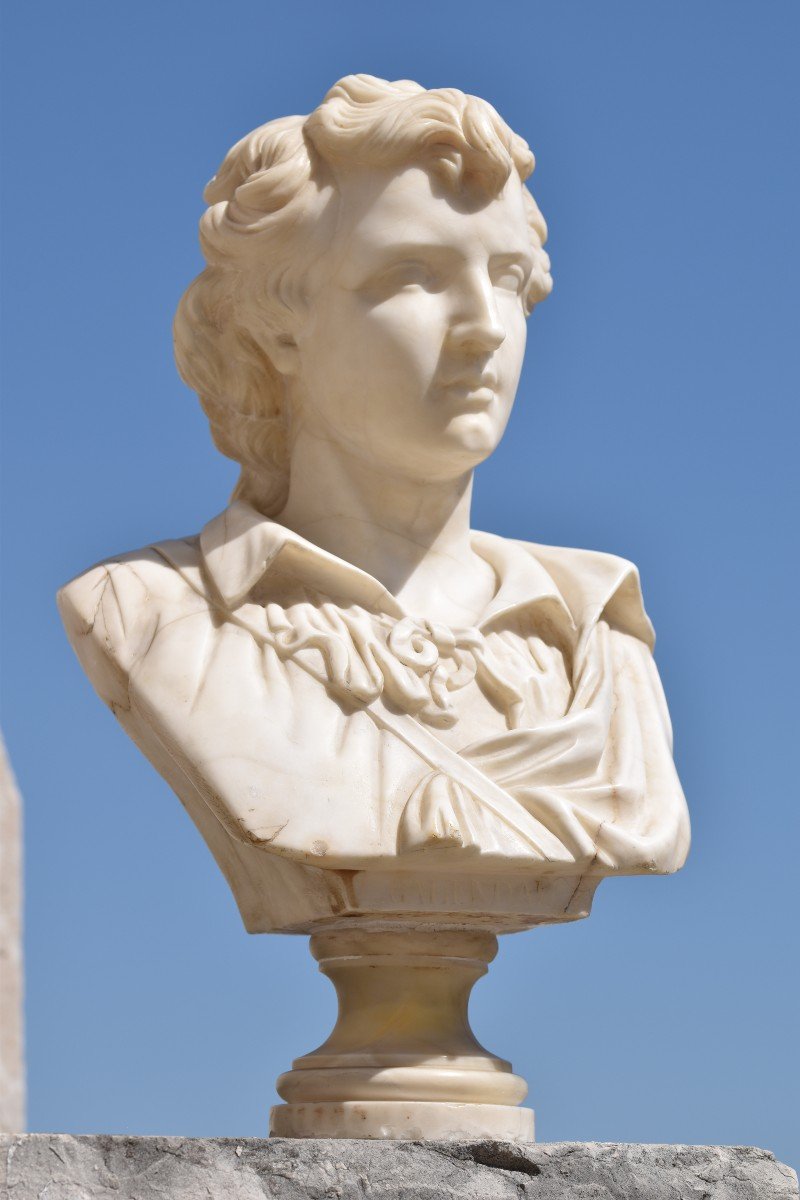
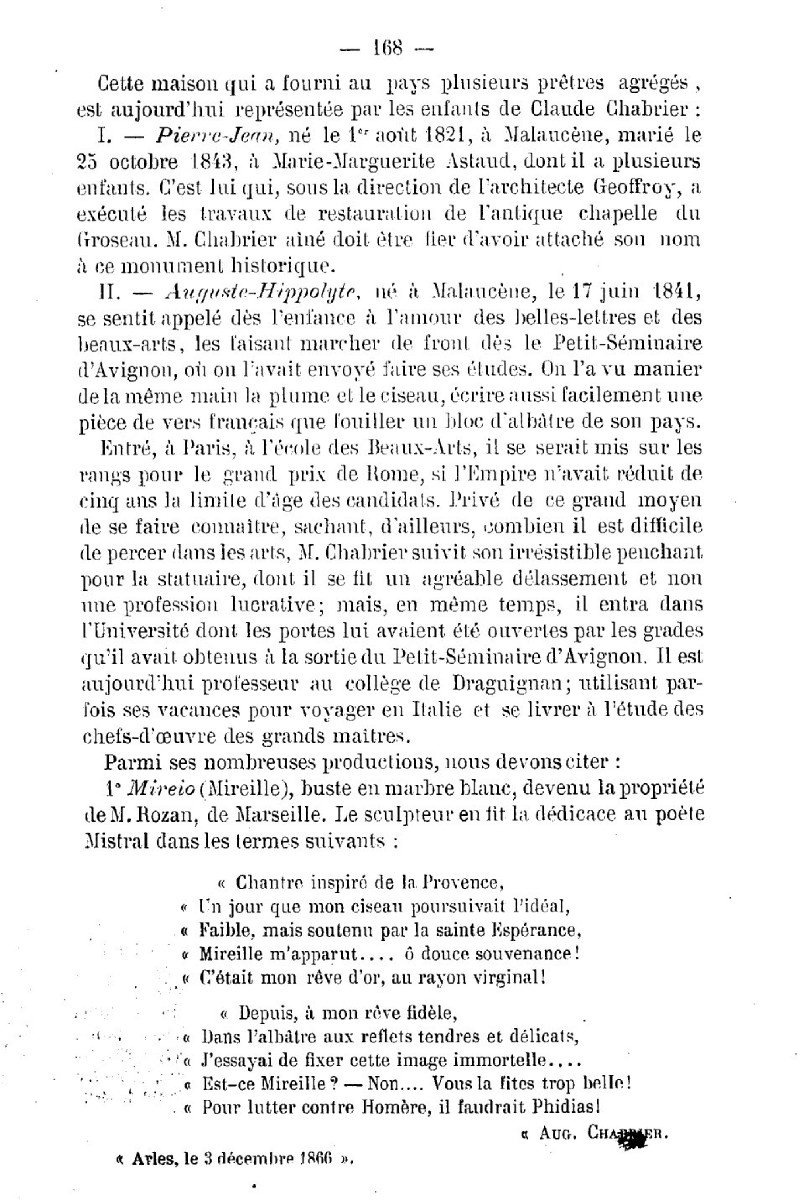
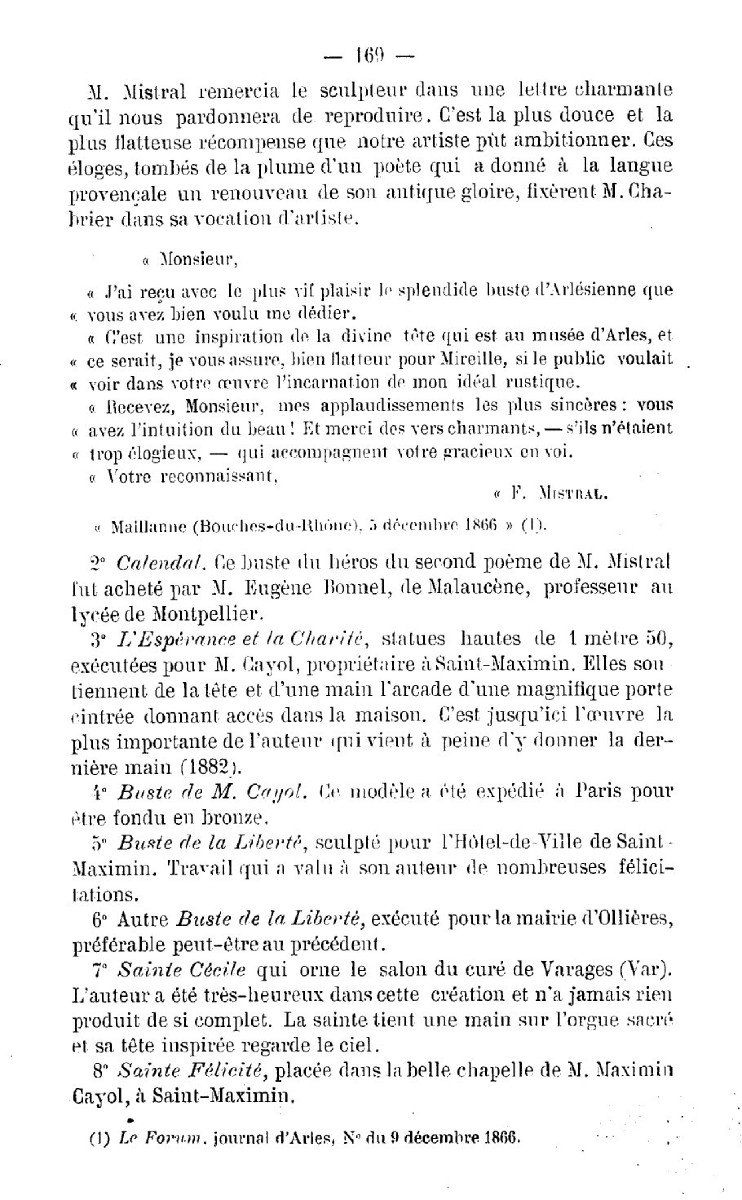


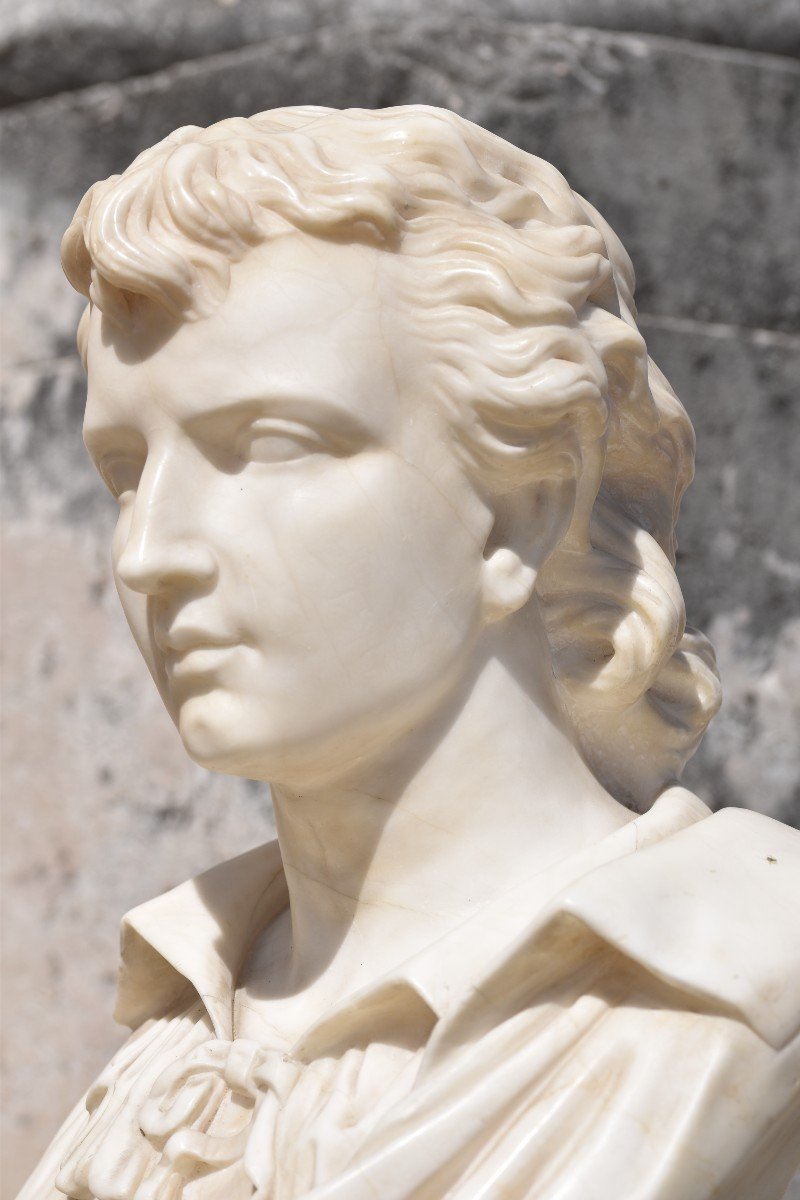
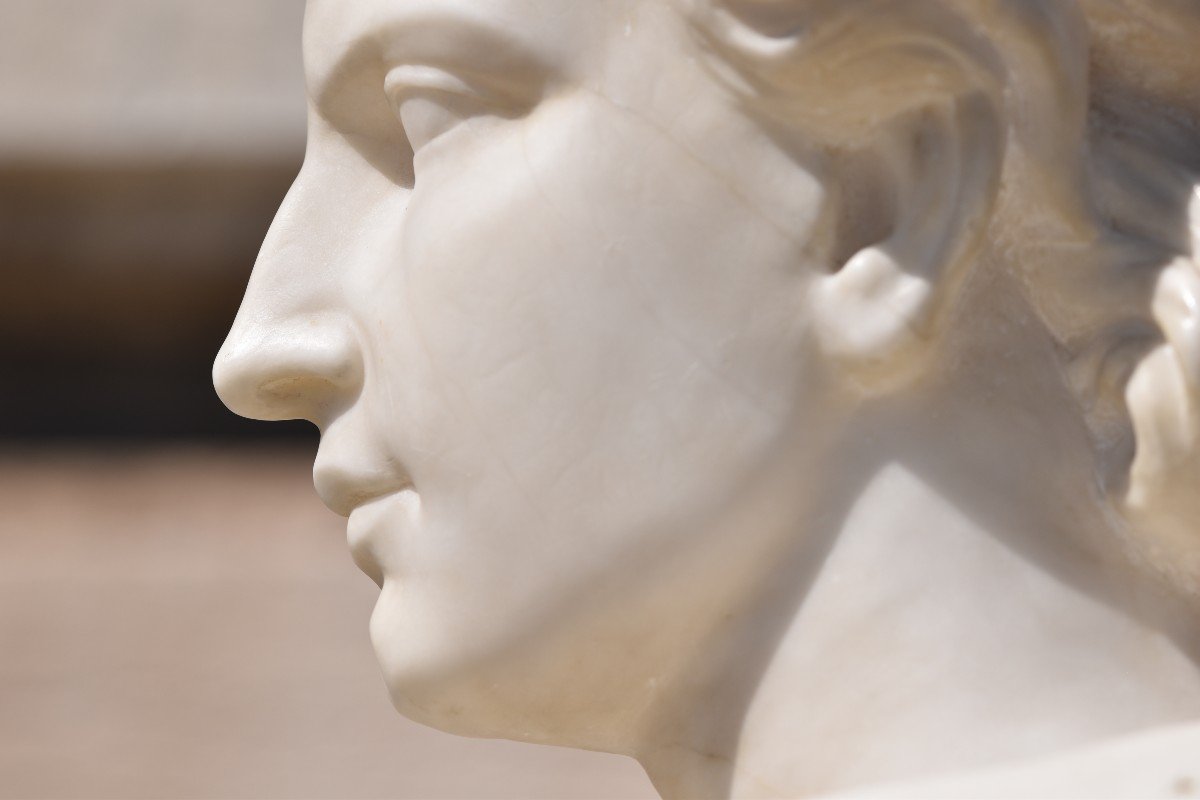
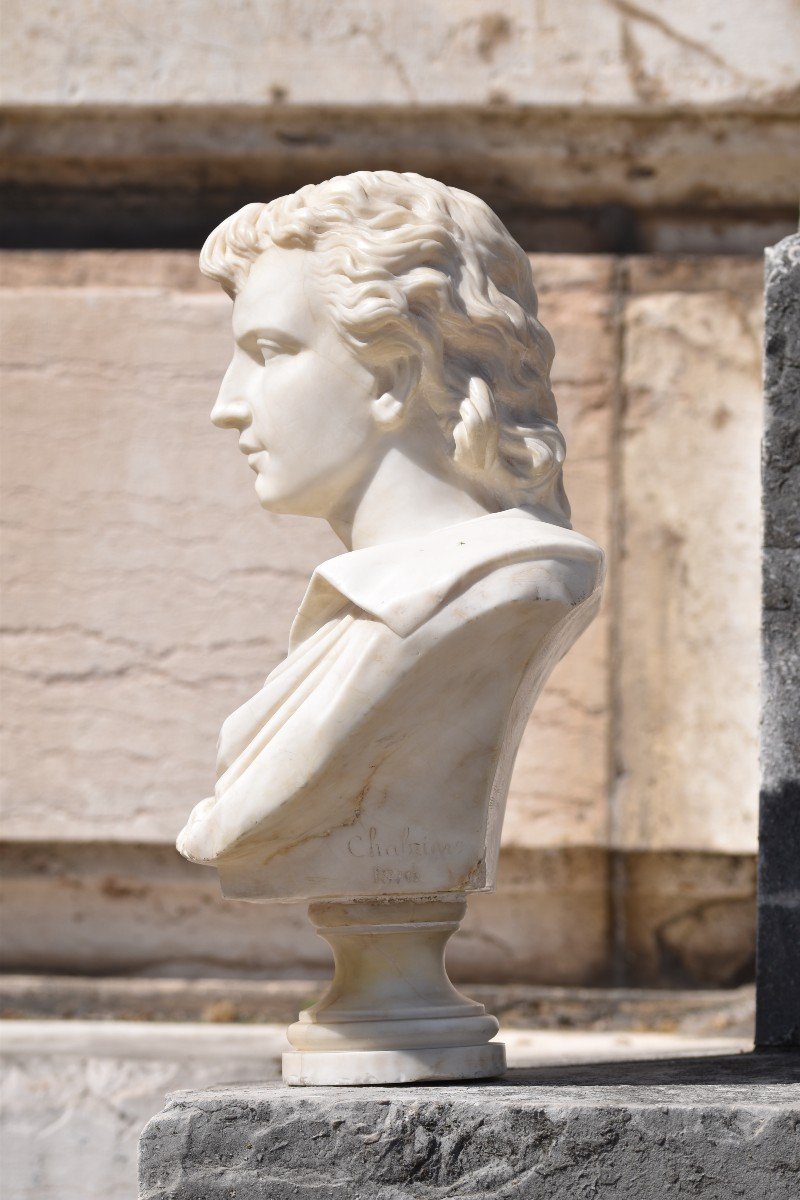
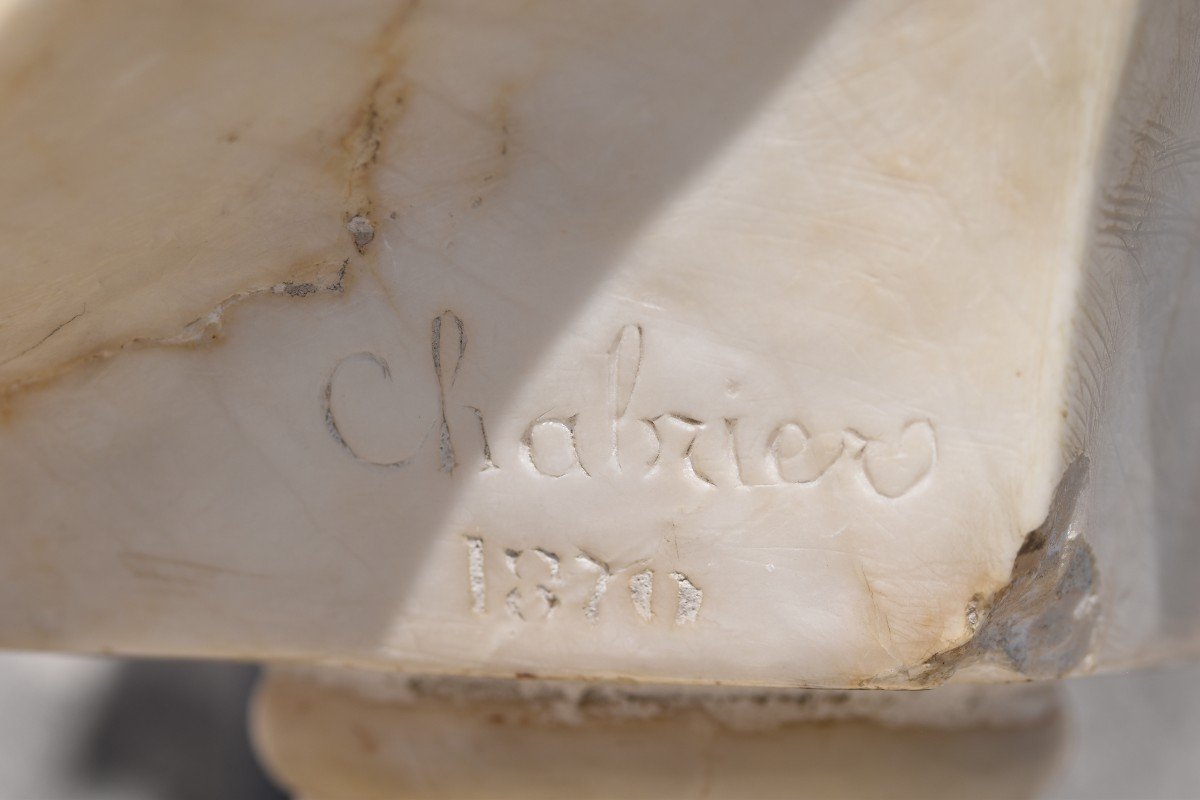
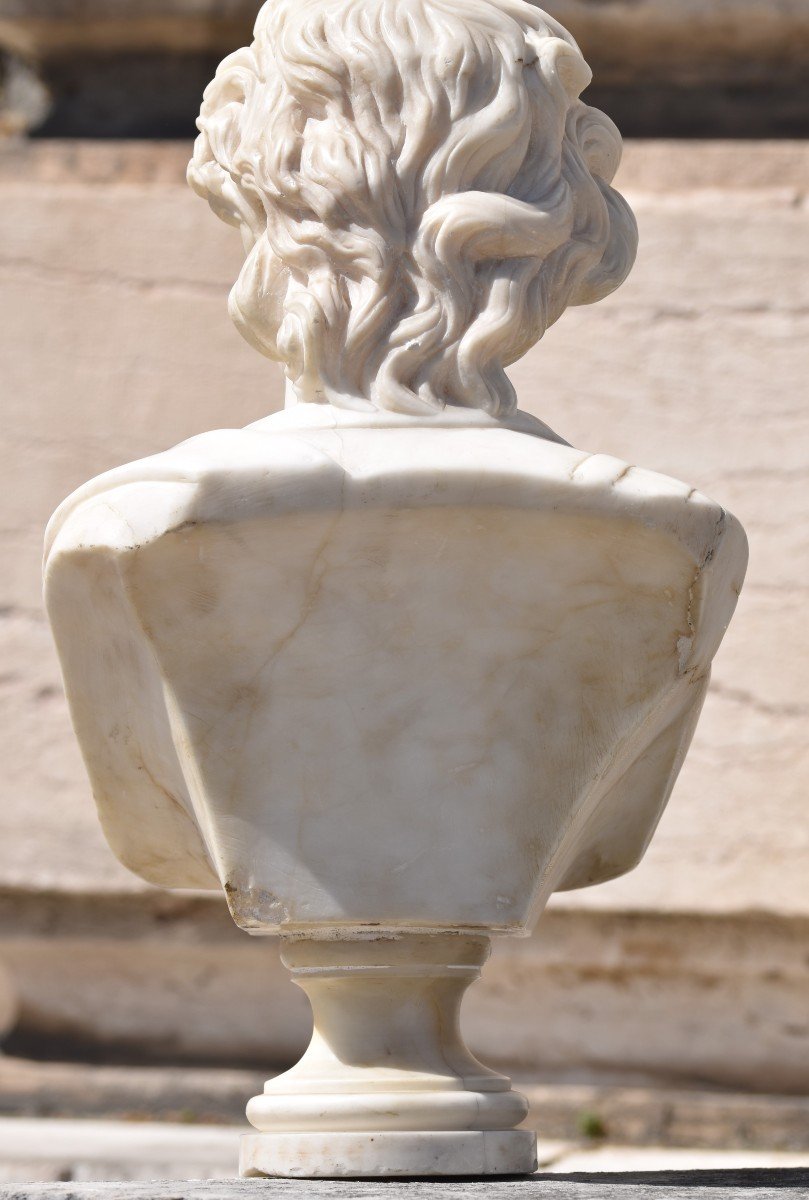
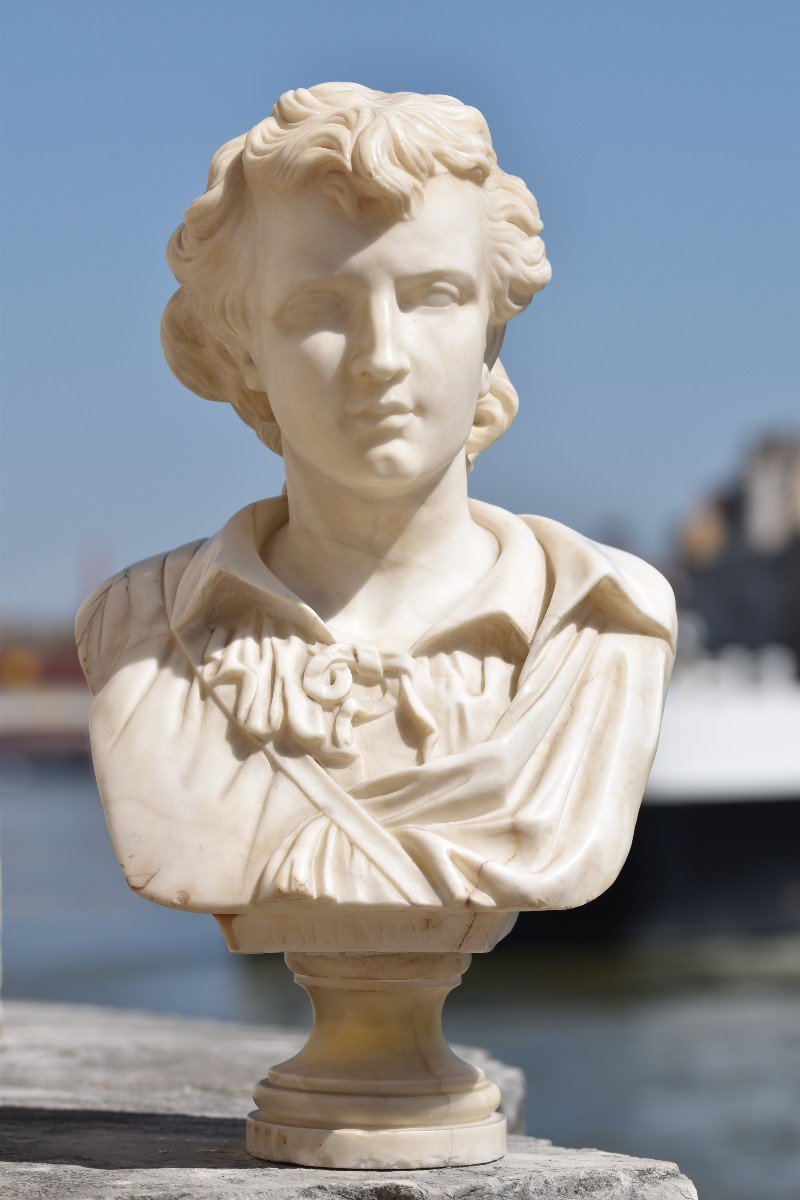
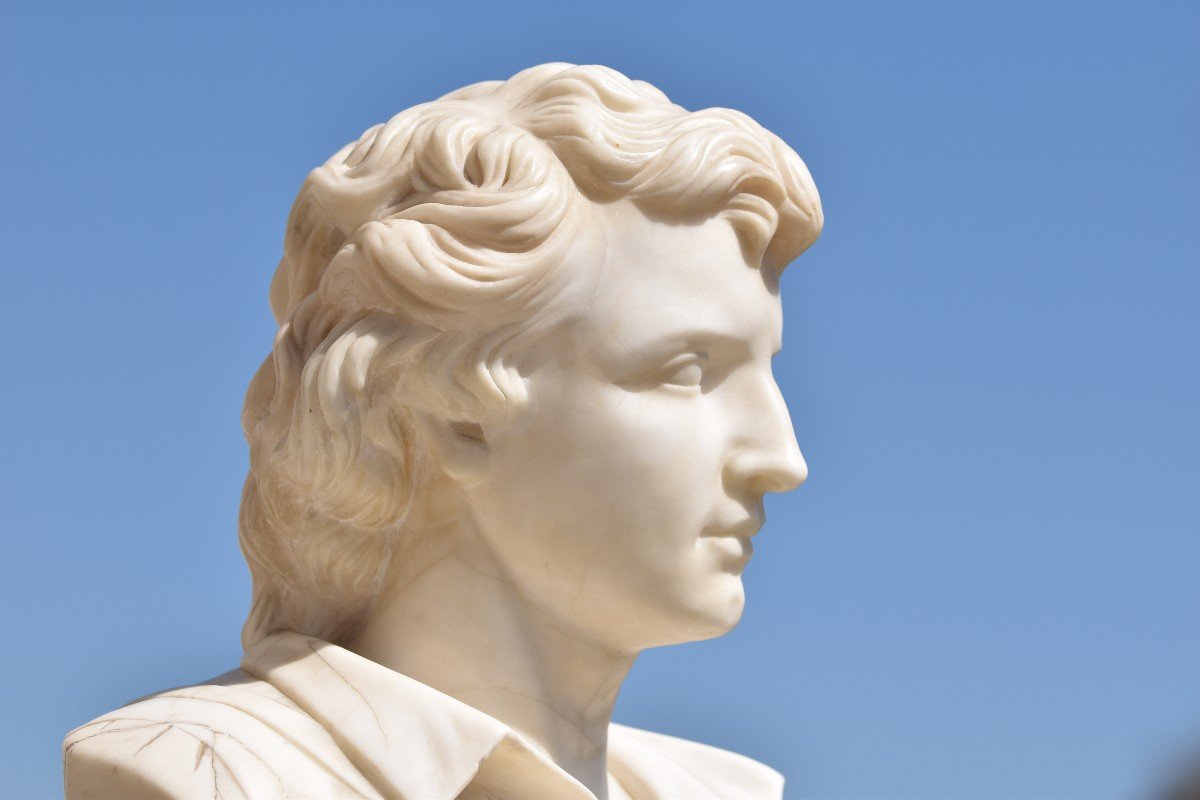

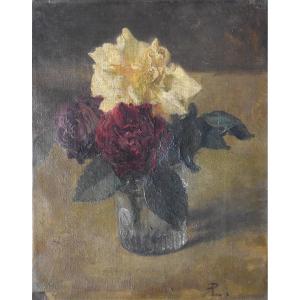

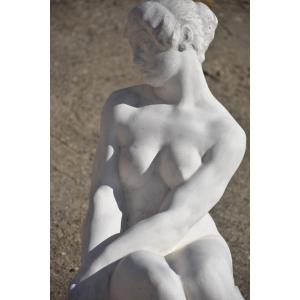
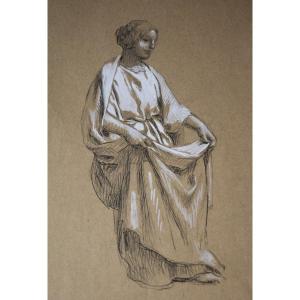
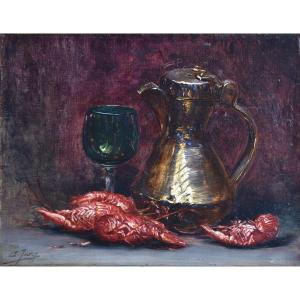


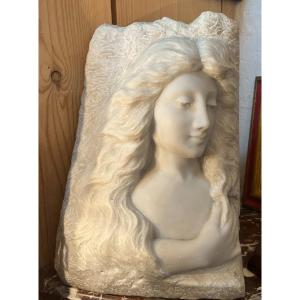






 Le Magazine de PROANTIC
Le Magazine de PROANTIC TRÉSORS Magazine
TRÉSORS Magazine Rivista Artiquariato
Rivista Artiquariato
